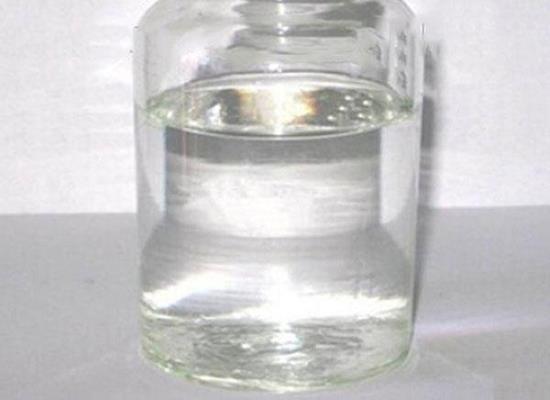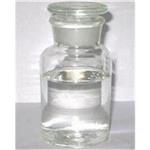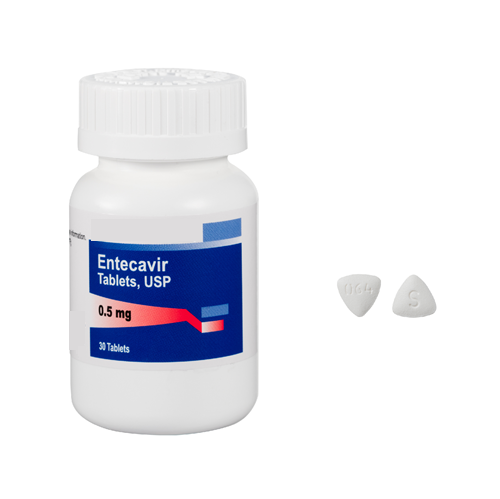Dodecane: Applications as Oxygen Vector and its Toxicity Summary
General Description
Dodecane is utilized as an effective oxygen vector in biotechnological applications, particularly enhancing enzyme activities, such as fumarase in Escherichia coli. It creates an oxygen-rich environment, boosting fumarase activity significantly without altering its expression levels. The presence of dodecane influences cellular metabolites, increasing ATP levels and positively impacting NAD/NADH and NADP/NADPH ratios crucial for enzymatic functions. However, dodecane's potential toxicity, demonstrated through animal studies, highlights the need for careful handling due to its harmful effects on skin, respiratory system, and potential role as a skin carcinogen in specific conditions. Safety measures are essential in environments where dodecane is employed.

Figure 1. Dodecane
Applications as Oxygen Vector
Dodecane serves as an effective oxygen vector in biotechnological applications, particularly in enhancing enzyme activities within microorganisms like Escherichia coli. One significant application of dodecane is its role in boosting the activity of the enzyme fumarase in recombinant Escherichia coli. The mechanism involves altering the intracellular microenvironment, which is crucial for optimal enzyme function. In a detailed study, dodecane was compared with other organic solutions to assess its efficacy as an oxygen vector during the expression of fumarase. The results were noteworthy; while the presence of dodecane did not directly alter the expression levels of fumarase, it significantly enhanced its activity. Specifically, when 2.5% dodecane was added after 9 hours of induction, fumarase activity increased by 124%. This increase suggests that dodecane facilitates a more oxygen-rich environment conducive for enzymatic activity. Moreover, the addition of dodecane impacts other cellular metabolites and pathways. For instance, the concentration of ATP, a vital energy carrier in cells, surged by 7600% in the first 6 hours of induction in the presence of dodecane. This substantial increase in ATP highlights dodecane's role in energizing cellular processes, which is critical for the proper folding and functioning of fumarase. Additionally, the ratios of NAD/NADH and NADP/NADPH, which are important co-factors involved in cellular redox reactions, showed a positive correlation with fumarase activity in the presence of dodecane. This correlation underscores dodecane's ability to modify the energy metabolism pathways, thereby supporting enzymatic functions more efficiently. In summary, dodecane's application as an oxygen vector in recombinant Escherichia coli is pivotal for enhancing fumarase activity. By altering the intracellular microenvironment, dodecane not only increases the availability of ATP but also positively influences redox co-factors, facilitating optimal enzyme performance. These attributes make dodecane a valuable tool in biotechnological processes where enzyme efficiency is crucial. 1
Toxicity Summary
Dodecane poses certain health risks that warrant careful consideration. As a component of gasoline, solvent, and agent in jet fuel research, as well as its use in the rubber and paper processing industries, dodecane's potential toxicity is a critical aspect of its broader safety profile. Human exposure to dodecane can occur through inhalation, ingestion, or dermal contact. Dodecane has been noted to be potentially harmful if inhaled or swallowed and can be irritating to mucous membranes. In addition, it has the capability to be absorbed through the skin, leading to further potential health risks. Animal studies provide more insight into dodecane's toxicity. When applied dermally, dodecane can cause slight to severe skin irritation. It has also been linked to respiratory distress in animals, as evidenced by studies where rats exposed to 0.2 mL of inhaled dodecane suffered fatal outcomes within 24 hours due to progressive edema and hemorrhaging. However, in terms of ocular exposure, dodecane appears to cause minimal to negligible irritation, indicating a somewhat variable toxicity profile depending on the route of exposure. Moreover, dodecane has shown no significant effects on the central nervous system in animal models when exposed to saturated vapor concentrations. Yet, its role as a promoter of skin carcinogenesis, particularly in conjunction with ultraviolet radiation, highlights its potential as a hazardous chemical under certain conditions. Interestingly, dodecane did not produce an increase in mutations in the Ames Salmonella typhimurium assay, whether with or without metabolic activation. However, it has the ability to enhance mutagenesis induced by specific carcinogens such as methylazoxymethanol acetate. This suggests that while dodecane itself may not be directly mutagenic, it can influence the mutagenic potential of other compounds. In summary, while dodecane is an important industrial chemical, its potential toxicity, particularly regarding dermal and respiratory exposure, necessitates rigorous safety measures and monitoring. Its interaction with other chemicals and promotion of carcinogenic processes also underscore the need for detailed safety evaluations in environments where dodecane is used. 2
Reference
1. Zhang S, Song P, Li S. Application of n-dodecane as an oxygen vector to enhance the activity of fumarase in recombinant Escherichia coli: role of intracellular microenvironment. Braz J Microbiol. 2018; 49(3): 662-667.
2. Dodecane. National Center for Biotechnology Information. 2024; PubChem Compound Summary for CID 8182.
Related articles And Qustion
Lastest Price from Dodecane manufacturers

US $6.00/kg2025-04-21
- CAS:
- 112-40-3
- Min. Order:
- 1kg
- Purity:
- 99%
- Supply Ability:
- 2000KG/Month

US $30.00-10.00/KG2025-04-15
- CAS:
- 112-40-3
- Min. Order:
- 50KG
- Purity:
- 99%
- Supply Ability:
- 500000kg



